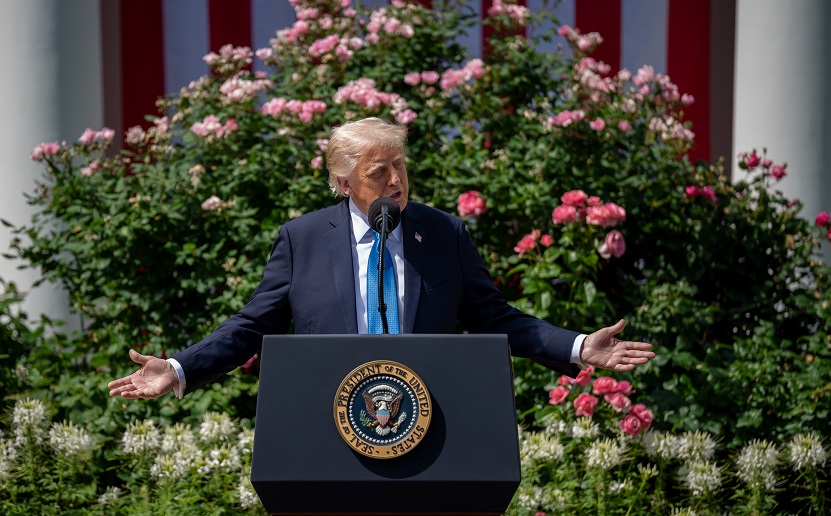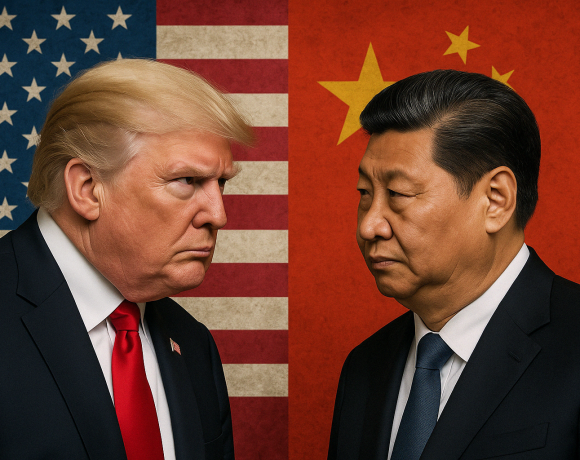
Trump and EU Reach Major Trade Deal With 15% Tariffs
U.S. President Donald Trump and European Commission President Ursula von der Leyen announced a significant trade agreement on July 27 aimed at easing tensions between the United States and the European Union.
As part of the agreement, the U.S. will impose a flat 15% tariff on most European goods—significantly lower than the previously threatened 30%. Key sectors covered by the new rate include automobiles, semiconductors, and pharmaceuticals. Several critical items like aircraft parts, certain chemicals, semiconductor tools, and specific agricultural products will be exempted from the tariff list.
However, the U.S. will continue to maintain a 50% tariff on steel and aluminum imports from the EU. While that figure remains unchanged for now, both sides indicated that talks are ongoing to possibly shift toward a quota-based approach in the future.
In return, the European Union has committed to major purchases and investments in the U.S., including up to $750 billion in energy imports and around $600 billion in investment toward American infrastructure, defense, and manufacturing sectors. These commitments are expected to be rolled out over several years and reflect an effort to deepen transatlantic economic ties.
President Trump hailed the deal as the “biggest ever” in U.S.–EU trade history, claiming it would reduce the American trade deficit and secure long-term economic cooperation. European leaders acknowledged the deal’s role in preventing an escalation that could have hurt both economies.
Reactions across Europe were mixed. While some welcomed the clarity and avoidance of further conflict, critics pointed out that the deal lacks reciprocal tariff relief on American exports into Europe. Financial markets responded with moderate optimism, with the euro showing slight gains.
Though hailed as a breakthrough, the deal is seen by experts as a temporary framework, with further negotiations expected over specific sectors and compliance terms.


















